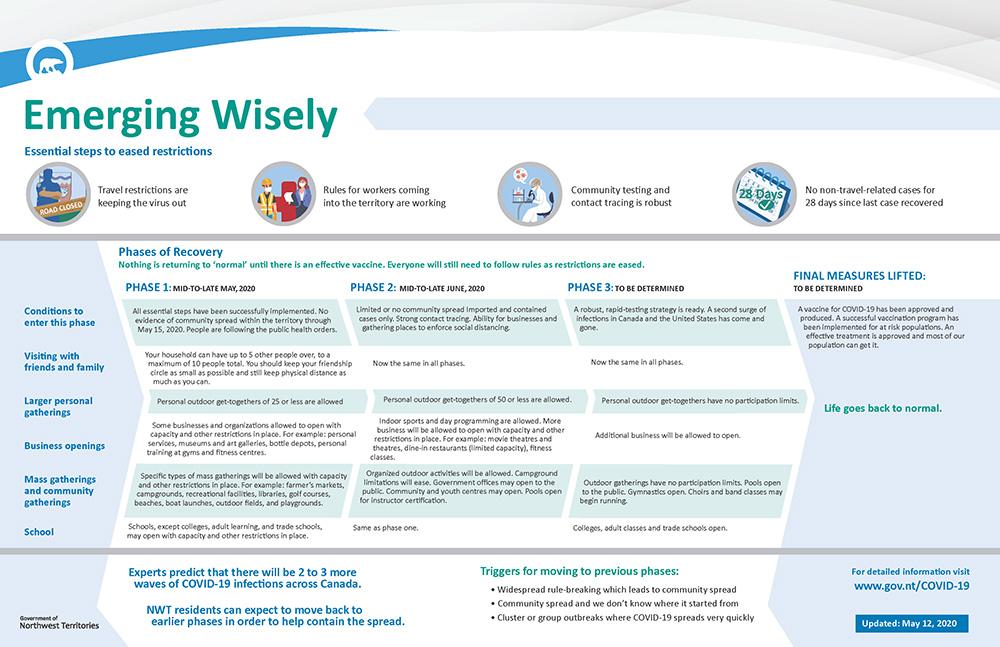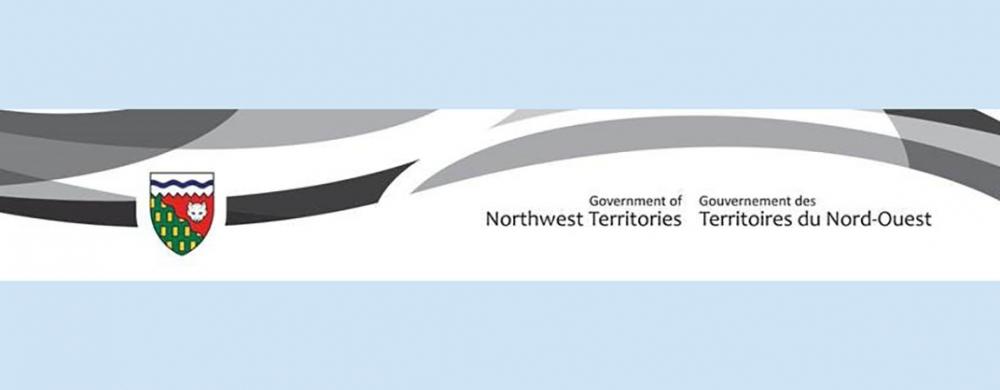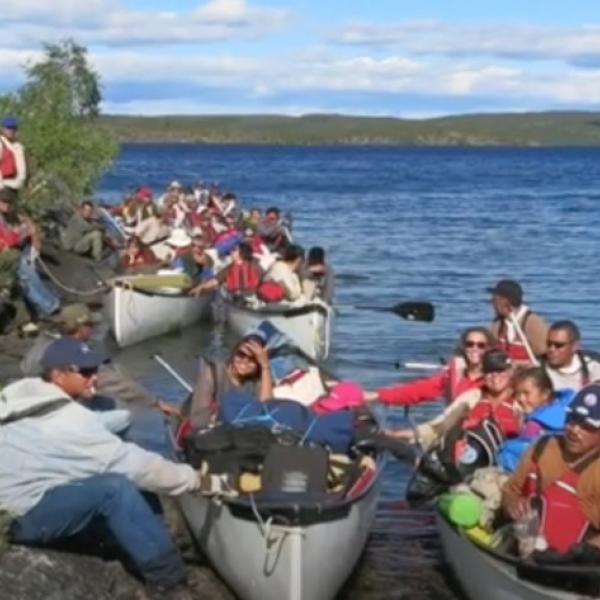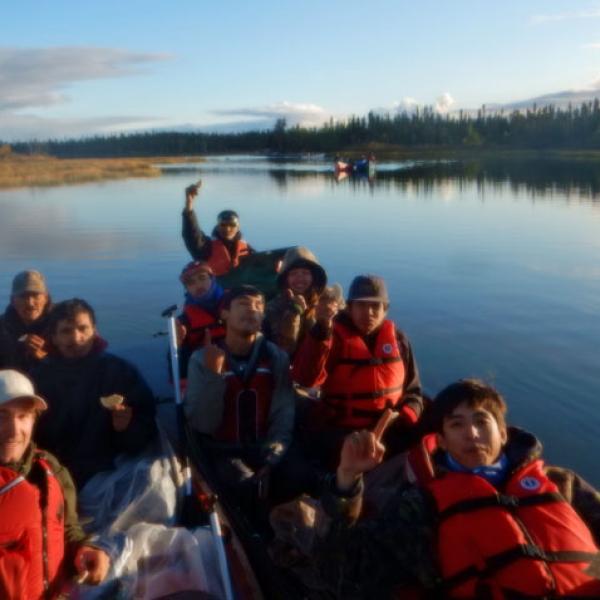|
Today, the GNWT charted a path to emerging from the current public health measures implemented to contain COVID-19 in the NWT – and the easing could start within a week.
The plan, titled Emerging Wisely, outlines where we are today, how we got here, and a five-part approach for gradually moving the territory from the containment measures in-place today through four phases of eased measures. The path includes progressively-eased restrictions on people, businesses, and activities important to residents.
Beginning as soon as circumstances allow and rolling out over the next 12-18 months, the phases are as follows:
- Current state: Containment
- Relaxing Phase 1: First steps
- Relaxing Phase 2: Next steps
- Relaxing Phase 3: Careful steps past the second wave
- Final Measures Lifted
Included are descriptions of what requirements must be met to begin moving into each phase, what kinds of activities will be considered within each phase, and timeframes in which they can be expected (where they can be predicted).
Notably, the plan introduces a new model for indoor visitation – the Friendship Circle – whose implementation will begin in phase one.
The plan also highlights the measures which will need to be in place until a vaccine or effective treatment is widely available to NWT residents.
There are also scenarios described which could cause the territory to move back to stricter measures. While everything will be done to avoid returning to aggressive containment measures, three criteria for considering a return to containment measures are also identified:
- Travel prohibition and restriction failures
- Loss of contact tracing abilities
- Health system breakdown
Quotes
“Responding to the threat of COVID-19 in the Northwest Territories required strong measures and swift action. Because of the actions we took, the NWT is now in a position to start gradually relaxing the restrictions on our people and communities, including allowing bigger indoor and outdoor gatherings, and allowing some businesses to re-open. The measured approach outlined by Dr. Kandola will help us get the NWT and its economy moving again, while continuing to protect the health of NWT residents.” -Caroline Cochrane, Premier
“Residents and businesses have made huge sacrifices to protect each other in this unprecedented time. And together, we did something amazing: we all got on the same team to change our lifestyles, and we contained this virus for now. And that means that together, we can now start gradually, and safely re-introducing the things we love most into our daily routines. So, as we move forward, focus on your wellbeing because we’re in this fight for the long-haul – and we need to be in it together.” -Diane Thom, Minister of Health and Social Services
Quick facts
- Some measures are going to have to stay in place until the pandemic is over, including:
- Travel restrictions at the border;
- Self-isolation for returning travelers; and
- Robust testing.
- There may be a need to re-impose restrictions when COVID-19 risk levels increase. These restrictions may not need to be the same for all communities and regions. Where community spread remains limited, regional or community-specific restrictions will be considered so areas considered to be at lower-risk may maintain their freedoms while outbreaks are controlled.
- Here’s how indoor visitation will work, beginning in phase one:
- Each household can have up to five people they don’t live with come over and be inside their house. A maximum of 10 people in total can be inside the house at any time. This is required.
- It's strongly recommended that in your household, you keep a circle of friends as small as possible. It’s also strongly recommended that you keep physical distance of two metres in your house as much as you can to protect each other.
- If you’re having someone over who’s older, has a weaker immune system, or has an illness already, we strongly recommend your house doesn’t have anyone else over while they are.
- Our message to NWT resident: use your common sense to protect each other while we all get some relief from being cooped up.
- The phases and eased measures identified in the plan were developed through an exhaustive risk assessment completed by the Department of Health and Social Services – based on balancing personal freedoms with the need to manage the public health crisis through 2-3 waves throughout Canada and the United States.
- The public health risk assessment in the appendix provides useful information for organizations to understand what steps they must take to get ready to re-open.
- The Worker’s Safety and Compensation Commission has guidance and advice to be provided to those looking for information on how to implement these requirements in their workplaces. They are available to answer questions about workplaces.
- Additional questions on complying with the requirements of these phases should be sent to [email protected].
Relevant links
For all COVID-19 Media Requests, Contact:
Cabinet Communications
Government of the Northwest Territories
[email protected]
|








